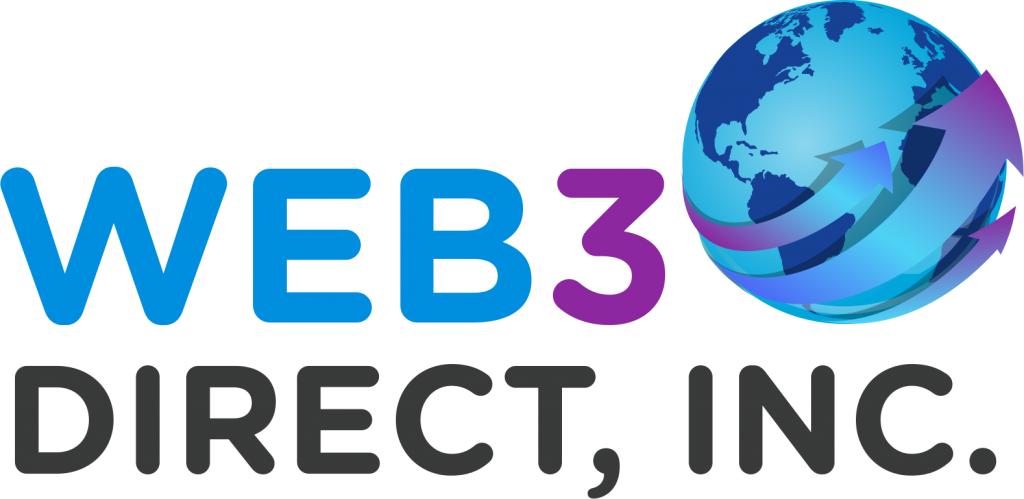(Note: In Spring 2006 I worked closely with two companies preparing for Initial Public Offerings. This transcript is from a curated series of late-night sessions I recorded to train the corporate marketing and sales teams. In these private trainings I answered their specific questions about the strategies and tactics (and art) of establishing your branding and positioning as unique and special, to give you the edge in a crowded marketplace. These have never been shared publicly before now, and even though the recording quality is poor there are some golden nuggets of information in each that will expand your understanding of these key topics and give your business the edge as well.)
Training Your Prospects And Customers
You know, this is an interesting concept…and that is that you train your prospects and customers
to expect certain things.
I hear businesses all the time complaining because their clients or their customers expect so much.
Well, they’ve trained them to expect so much.
When we have a two-year-old in our house, and the two year old is crying and throwing a fit. And the parents are giving into the two-year-old and reinforcing inside that two-year-old‘s head, that crying and pitching a fit is a way to get what they want. That’s training that two-year-old. Actually, the two-year-old is training the client! Who’s the smarter one there?
You see it in dog training, if you’ve ever taken a dog training class. My dog is a beautiful, beautiful girl,
Rottweiler, and she’s precious. She’s not the smartest knife in the drawer, but she got the Top Dog Award and her dog training class when she was a puppy.
We toed the line with her. We weren’t mean to her, but we trained her. I watched as other people’s dogs were training them, you know, you know,”Sit Boss… come on, Boss… aww, Boss, come on, sit…” and then pull out of a treat and hand it to the dog.
So the dog would sit, or what they just did was train the dog that you don’t have to mind me to get a treat. If you just sit there, if you don’t mind me, I’ll end up giving you a treat.
Customers and prospects are the same, we’re all the same. So for my clients, I try to set the stage in the very marketing, the initial marketing that they get, I try to set the stage for the level of control that we want to have in the deal.
I try to set the stage for the expectations and for bringing them into our program, and how we do business, and indoctrinating them into all of that. So that I will have trained them. By the time the salespeople talk to them, they will be a lot more inclined to follow the lead of the salespeople. That’s what we want. We want them to say “Yes!” We want them to buy from us.
And just a little example: I’ll use one (inbound) phone script that that was in use for a client. And in the phone script. as often happens, when they answered the phone they said,
“Thank you for calling about the program. First, let me ask you a few questions…”
And as you can imagine, before they got any further, the caller — the prospect — interrupted and started asking them questions. Well, the phone people weren’t trained to answer lots of questions. They can answer a few because I gave them some frequently asked questions to refer to, but I didn’t want them answering questions. They weren’t the sales team. All they were doing was collecting the contact information and setting an appointment.
So they were derailed and they weren’t able they weren’t skillful enough to get back on track. Often the prospect would get two or three questions in and then hang up, before we were ever able to talk with them.
So I made a simple change in that script. And the simple change said,
‘Thank you for calling about the program. We have representatives available to answer all your questions. May I have your name, please?”
And they went right into the script. And 90% of the derailed conversations were ended! By changing that one simple statement, we were training that customer from day one, to let us guide them and to follow our lead.
That is what I mean when I talk about Training Your Customer… should be at every stage of the process. When you are creating a sales and marketing program. It should be at every stage of the process to make it easy for your sales staff and the rest of your people to do their job and do it well.


